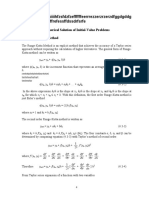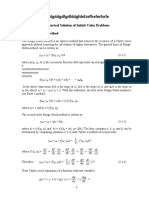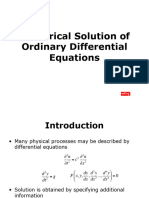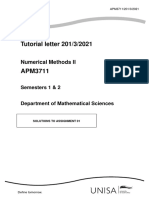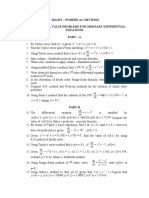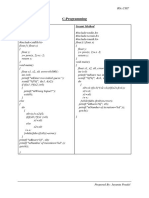0% found this document useful (0 votes)
10 views3 pagesCode 4
The document outlines a practical exercise involving the implementation of the Fourth Order Runge-Kutta Method to solve an ordinary differential equation. It includes a C++ code that computes the solution based on user-defined initial conditions and step size. The conclusion highlights the method's effectiveness in providing stable and accurate numerical solutions when analytical methods are not feasible.
Uploaded by
saakshitkdCopyright
© © All Rights Reserved
We take content rights seriously. If you suspect this is your content, claim it here.
Available Formats
Download as DOCX, PDF, TXT or read online on Scribd
0% found this document useful (0 votes)
10 views3 pagesCode 4
The document outlines a practical exercise involving the implementation of the Fourth Order Runge-Kutta Method to solve an ordinary differential equation. It includes a C++ code that computes the solution based on user-defined initial conditions and step size. The conclusion highlights the method's effectiveness in providing stable and accurate numerical solutions when analytical methods are not feasible.
Uploaded by
saakshitkdCopyright
© © All Rights Reserved
We take content rights seriously. If you suspect this is your content, claim it here.
Available Formats
Download as DOCX, PDF, TXT or read online on Scribd
/ 3





